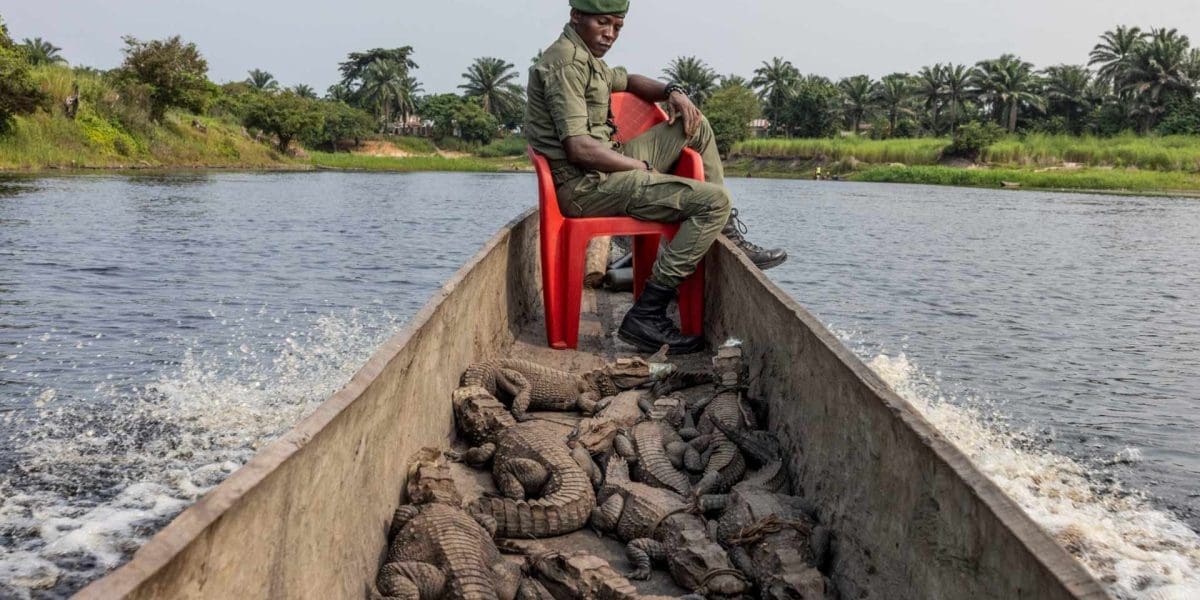The Best Pictures of 2024
The Sony World Photography Awards are always a great chance to get a peek into what the world’s top photographers are doing, where their interests carry them, as well as the techniques employed to capture them. This year comprises 30 finalists whittled down from over 419,000 images hailing from over 200 countries in the world. It’s a truly global effort.
“It is always a real challenge to select the shortlists and finalists, and as a jury we found the wider entries no less vital and inspiring.” said Monica Allende on behalf of the jury. “Across their projects, these photographers show great originality and clarity of vision, bringing prescient stories to the fore. From narratives of community-building, to explorations of collective memory, to empowering stories of people challenging conventions, these works offer a diversity of perspectives on our moment in history.”
This year also marked the first edition of the Japan Professional Award, which recognises a winner and shortlist of striking series by Japanese photographers from the Professional competition. This is due to the recognition now being drawn to the creativity and dynamism of Japan’s contemporary photography scene.
Here are some of our picks from the competition, but look out for the photo awards coming live to a city near you soon.
Lorraine Turci, Untitled
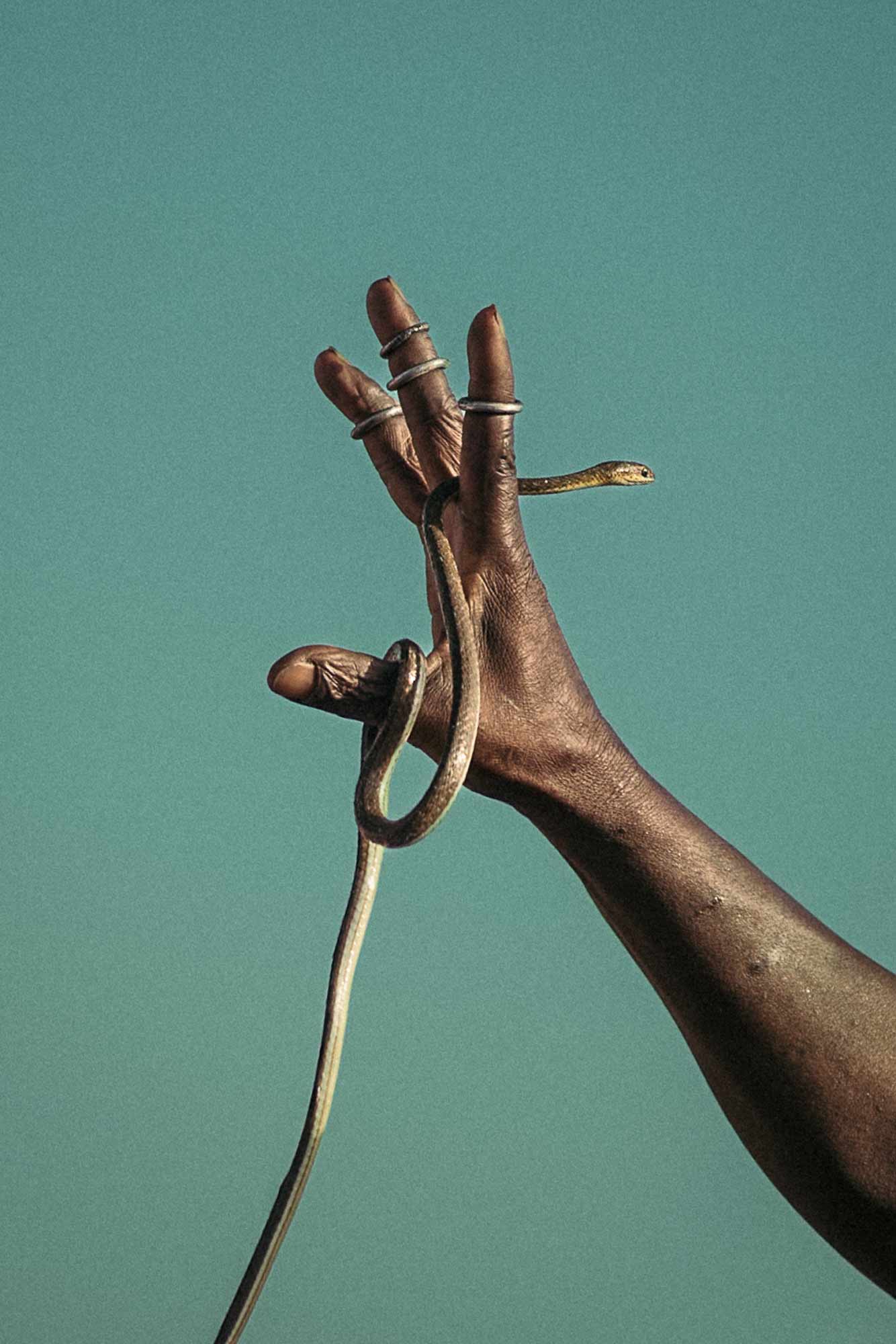
‘We knew nothing about his disappearance. Rumours within the army said he had fled to Dakar. My brother-in-law was the family’s breadwinner thanks to his soldier’s salary. He fully funded my husband’s education, which he could not complete as a result. We only learned the truth about his murder years later, after the change of government. At the Truth, Reconciliation and Reparations Commission, a witness revealed that he had participated in his murder.’
Under Gambia’s former dictatorship, countless victims endured severe human rights abuses, including executions, disappearances, torture and sexual violence. Women, in particular, faced direct abuse, societal stigma and the pain of losing loved ones, all within a patriarchal society lacking institutional support. In the absence of immediate justice, they found ways to survive, rebuild and advocate for change, often confronting silence and fear. By sharing their experiences and fostering mutual aid, these women heal from physical and psychological wounds while actively pursuing justice and prevention. They reclaim control over their lives, affirming their dignity and shaping their own narratives. Their image, their story and their future are now truly their own.
© Lorraine Turci, France, Shortlist, Professional competition, Perspectives, 2025 Sony World Photography Awards
Lalo de Almeida, Untitled
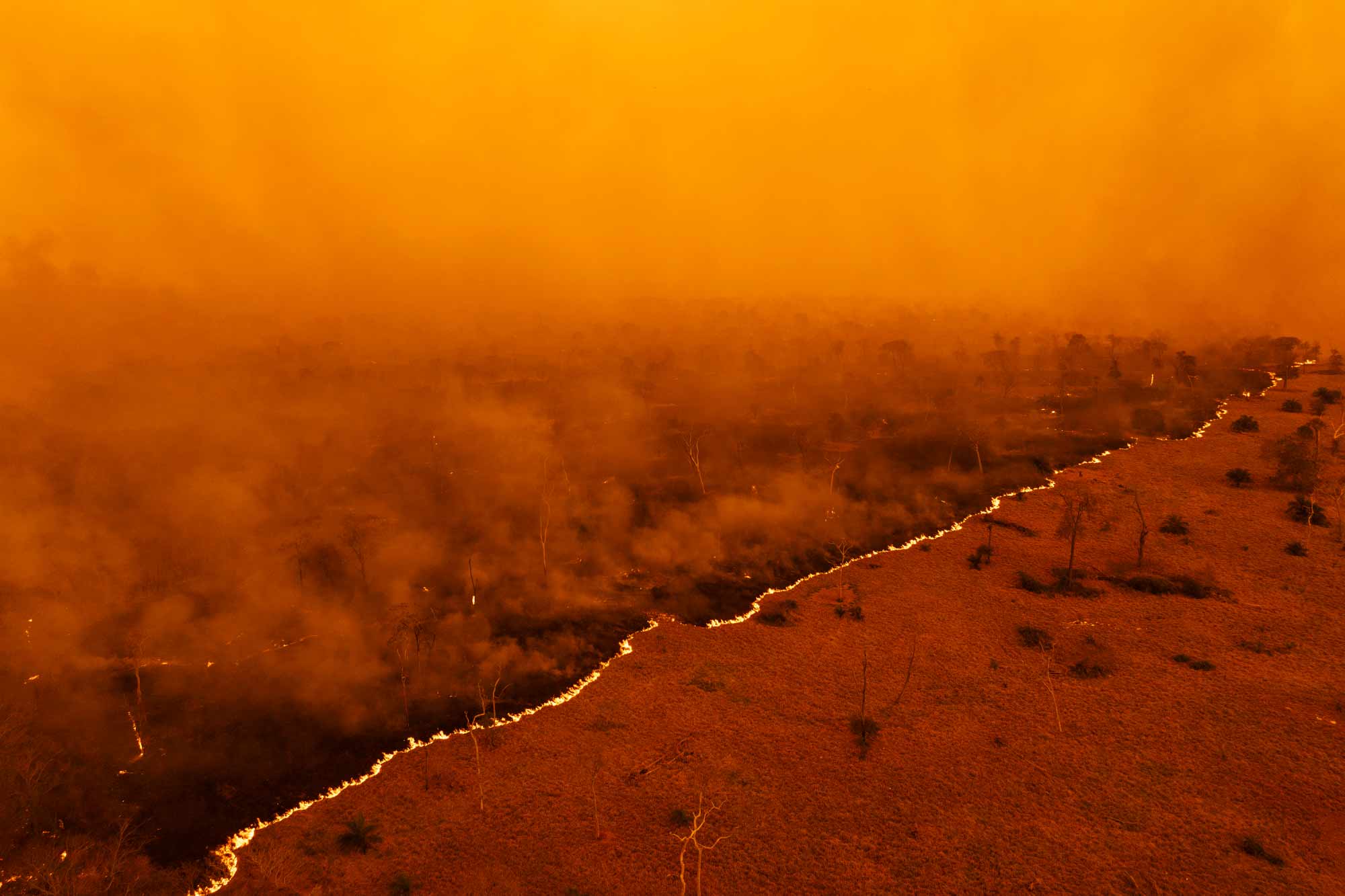
Image Description: A large firebreak advances over the Pantanal in the Miranda region. The Pantanal is the largest tropical wetland on the planet, but it has been facing a historic drought due to human actions and climate change.
Series Description: Brazil saw its hottest year in 2024. Although the high temperatures affected all regions of the country, three biomes were especially impacted, with drought, fire and deforestation transforming the landscape into apocalyptic scenes. In the Amazon, extreme drought turned some of the planet’s most powerful rivers into sand deserts. This also fuelled forest fires, with 134,979 fires recorded in the region in the first 11 months of the year – the highest since 2007. The Pantanal, the largest tropical wetland on the planet, also faced a historic drought due to human activity and climate change, while the Cerrado – considered the most biodiverse savanna in the world and the birthplace of most of the country’s river basins – experienced increasingly high deforestation rates driven by agribusiness.
© Lalo de Almeida, Brazil, Finalist, Professional competition, Landscape, 2025 Sony World Photography Awards
Lea Greub, Untitled
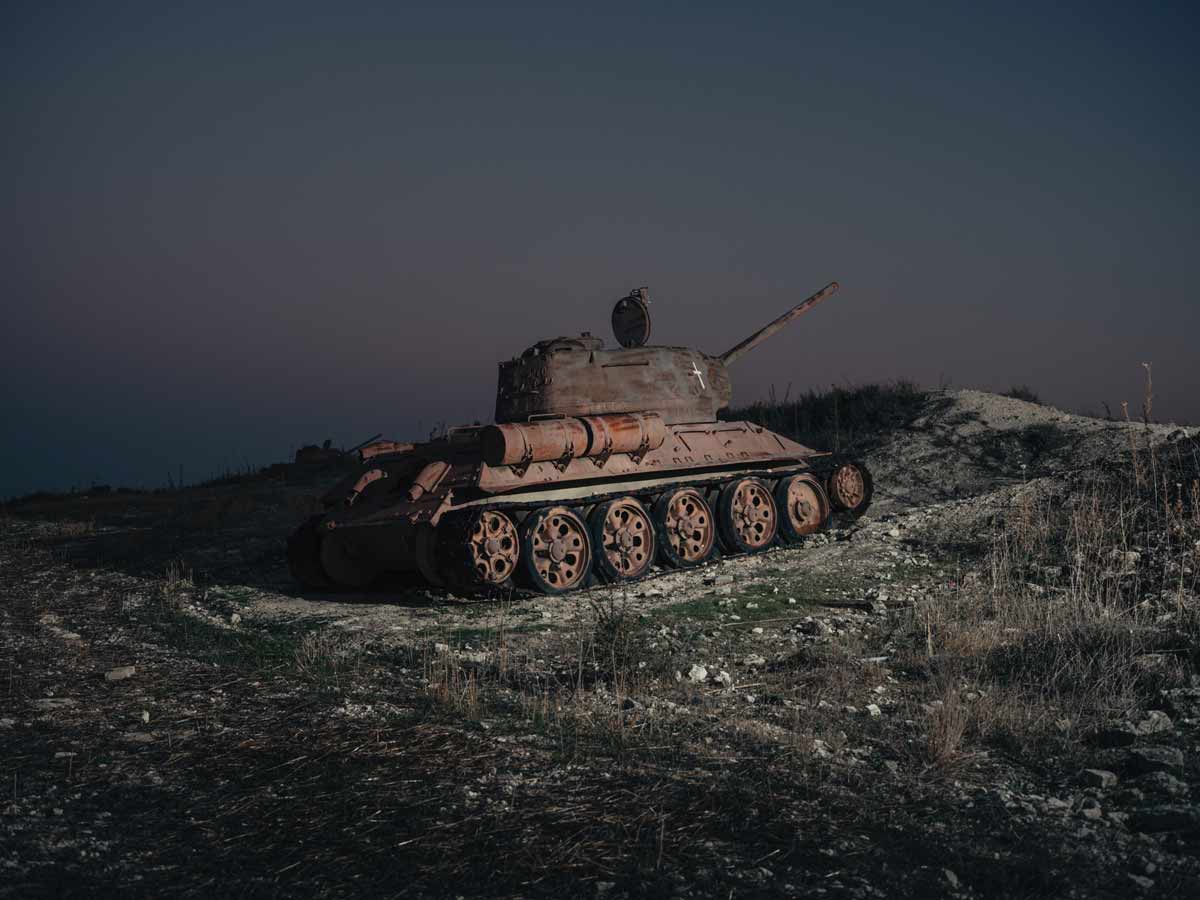
A tank near the village of Louroujina slowly decays in the UN Buffer Zone. The civil war from 50 years ago still shapes daily life on the island, particularly in the Turkish-occupied part.
The island of Cyprus has been divided since a civil war started between Greek and Turkish Cypriots in 1974. The northern part of the island – the Turkish Republic of Northern Cyprus – comprises about 40 per cent of the island, but is not internationally recognised, while the south belongs to the Republic of Cyprus. To prevent further escalation, UN peacekeepers monitor the ‘Green Line’ between the two sides, which runs through the capital, Nicosia, ‘making it the world’s only divided capital.’ In the city, the buffer zone is only metres wide, but it can be measured in kilometres in rural areas. This allows it to contain entire villages, which has a deep impact on their inhabitants’ lives. In Burning Sun on Frozen Conflicts, Lea Greub tells the stories of people whose lives are shaped by the conflict, giving a face to this highly political situation and the people affected, who have been largely forgotten.
© Lea Greub, Germany, Shortlist, Professional competition, Perspectives, 2025 Sony World Photography Awards
Rhiannon Adam, Preflight, Baikonur Cosmodrome
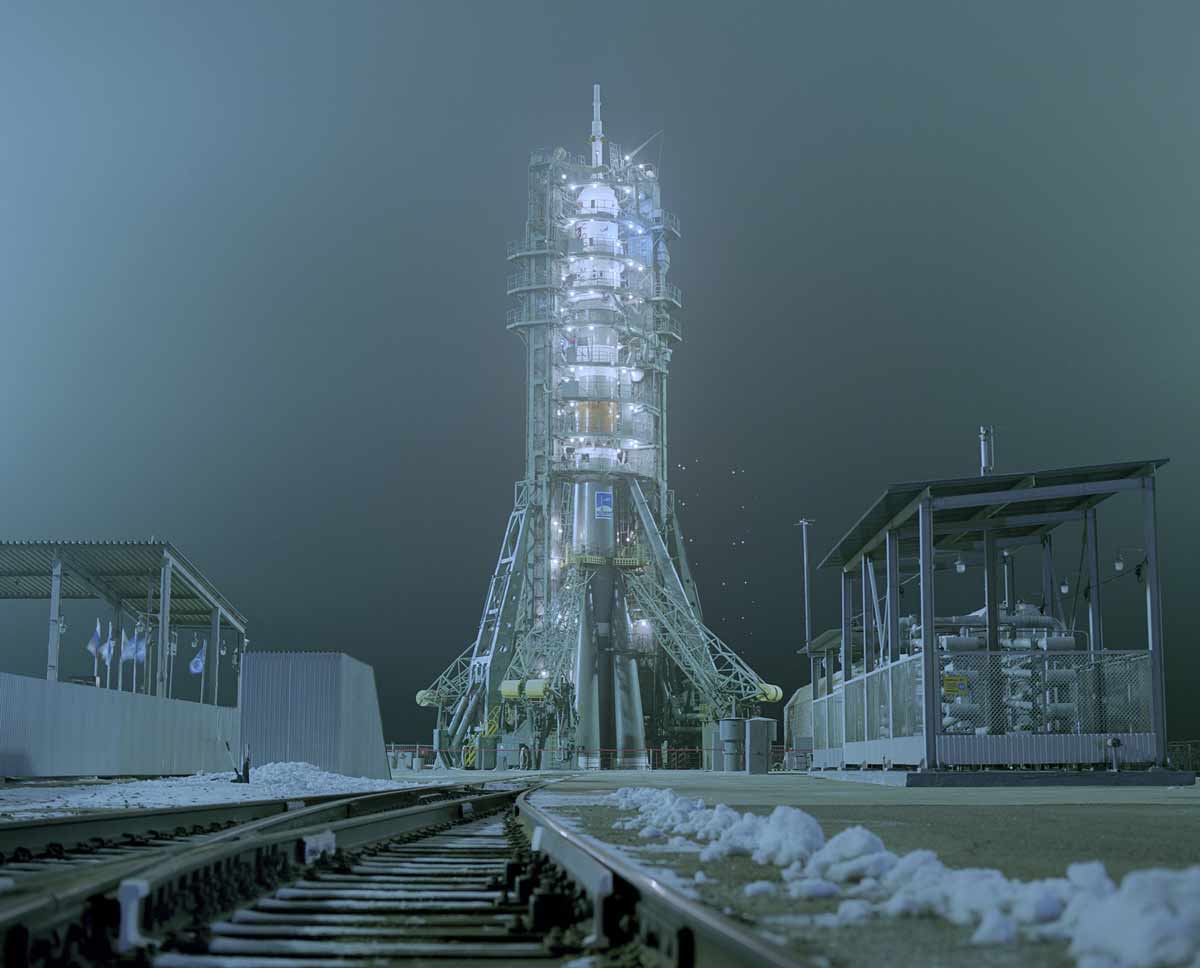
Image Description: Soyuz MS-20 on the pad at Baikonur Cosmodrome, Kazakhstan, 7 December 2021. This image was taken the night before Yusaku Maezawa, dearMoon’s leader and funder, was sent to the International Space Station to spend 12 days there alongside Roscosmos cosmonaut Alexander Misurkin and his assistant Yozo Hirano. The dearMoon crew had been notified of their inclusion in the project one month earlier, with the public announcement occurring on the first anniversary of the MS-20 flight.
Series Description: Throughout history, 117 billion humans have gazed at the same moon, yet only 24 people – all American men – have seen its surface up close. During the Covid-19 pandemic, the artist discovered an application for the ultimate art residency: dearMoon. In 2018, Japanese billionaire and art collector Yusaku Maezawa announced a global search for eight artists to join him on a week-long lunar mission aboard SpaceX’s Starship – the first civilian mission to deep space. The mission’s flight path would echo that of Apollo 8’s 1968 journey, which famously led astronaut Bill Anders to suggest NASA ‘should have sent poets’ to capture the sense of wonder he experienced. In 2021, Rhiannon Adam was chosen as the only female crew member from one million applicants, with the chance to achieve the seemingly impossible. For three years she immersed herself in the space industry, until, in June 2024, Maezawa abruptly cancelled the mission, leaving the crew to pick up the pieces of their disrupted lives.
© Rhiannon Adam, United Kingdom, Finalist, Professional competition, Creative, 2025 Sony World Photography Awards
Márton Mogyorósy, Matthias Church
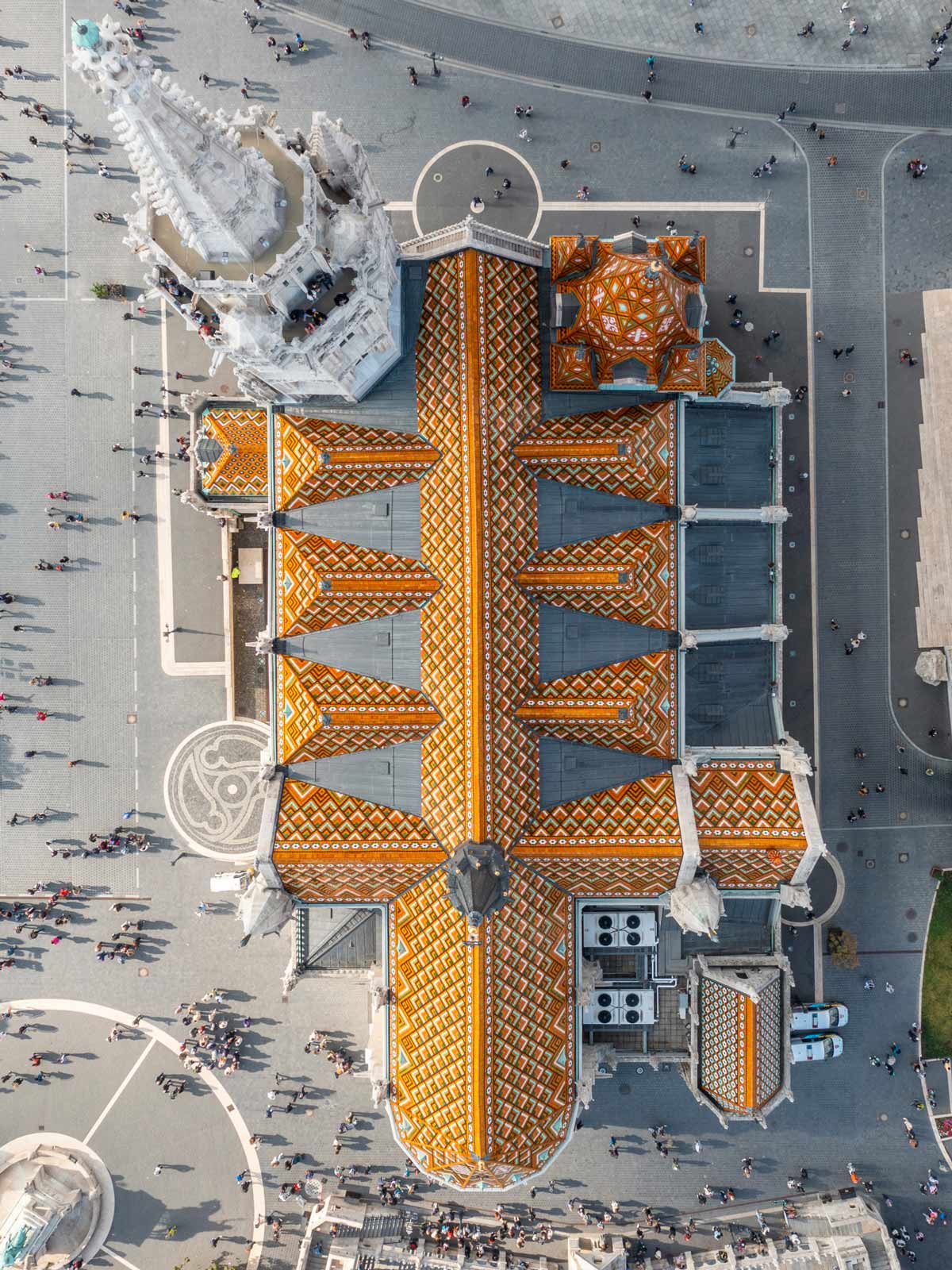
This series presents an aerial exploration of Budapest’s iconic buildings decorated with Zsolnay architectural ceramics. Zsolnay ceramics hold a vital place in Hungarian cultural heritage, symbolising a harmonious blend of craftsmanship and innovation. These decorative elements not only enhance the aesthetic appeal of the buildings but also embody the essence of Art Nouveau, which emphasises organic forms and complex detailing. Through this series, the viewer is invited to appreciate the beauty and significance of these iconic structures, highlighting how Zsolnay ceramics contribute to Budapest’s unique architectural narrative.
© Márton Mogyorósy, Hungary, Shortlist, Professional competition, Architecture & Design, 2025 Sony World Photography Awards
Toby Binder, Divided Youth
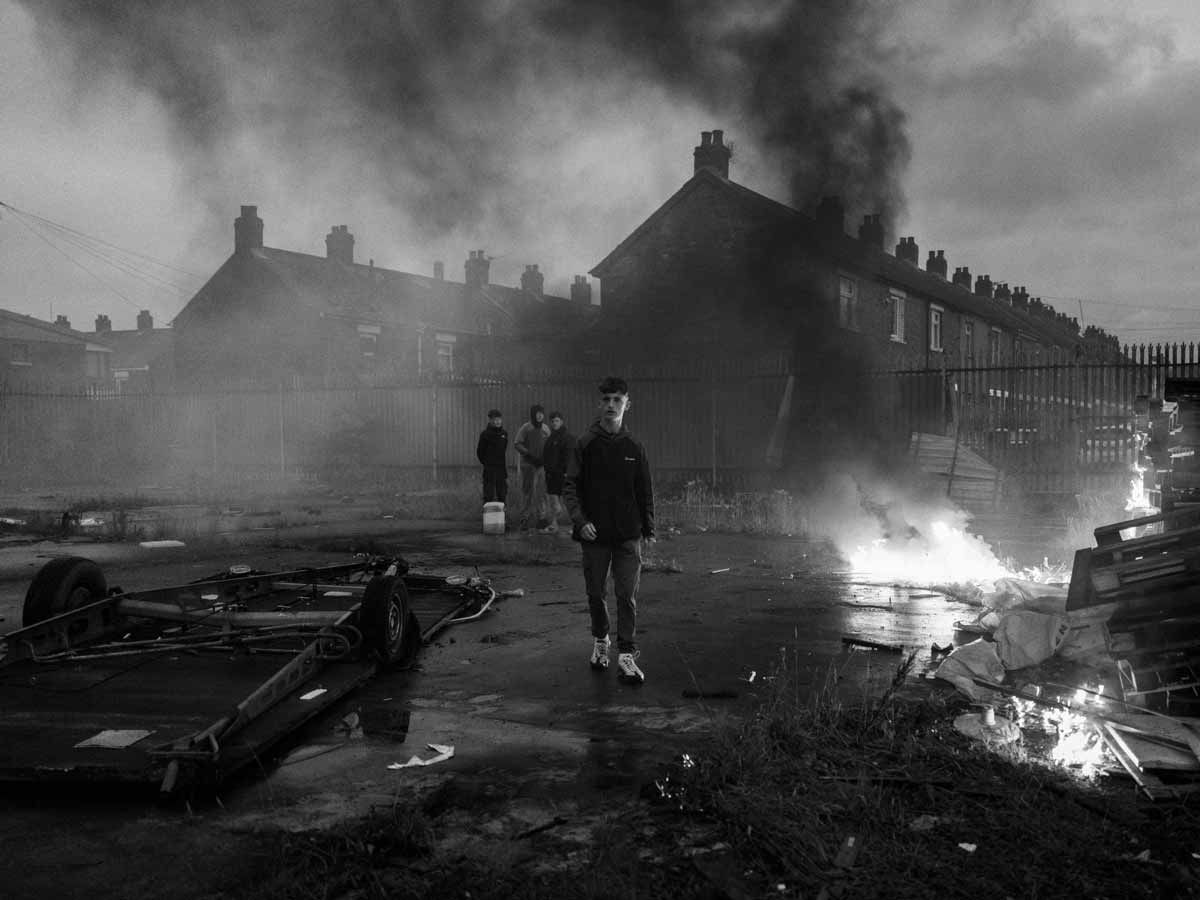
Series Description: ‘If I had been born at the top of my street, behind the corrugated-iron border, I would have been British. Incredible to think. My whole idea of myself, the attachments made to a culture, heritage, religion, nationalism and politics are all an accident of birth. I was one street away from being born my “enemy.”’ Paul McVeigh, Belfast-born novelist. Binder notes ‘there is hardly any other country in Europe where a past conflict is still as present in daily life as it is in Northern Ireland.’ It is not only the physical barriers – the walls and fences – but also the psychological divisions in society. For many years, Toby Binder has been documenting what it means for young people, all of whom were born after the peace agreement was signed, to grow up under this intergenerational tension in both Protestant and Catholic neighbourhoods.
© Toby Binder, Germany, Finalist, Professional competition, Documentary Projects, 2025 Sony World Photography Awards
Shunta Kimura, The Chronicle of Us
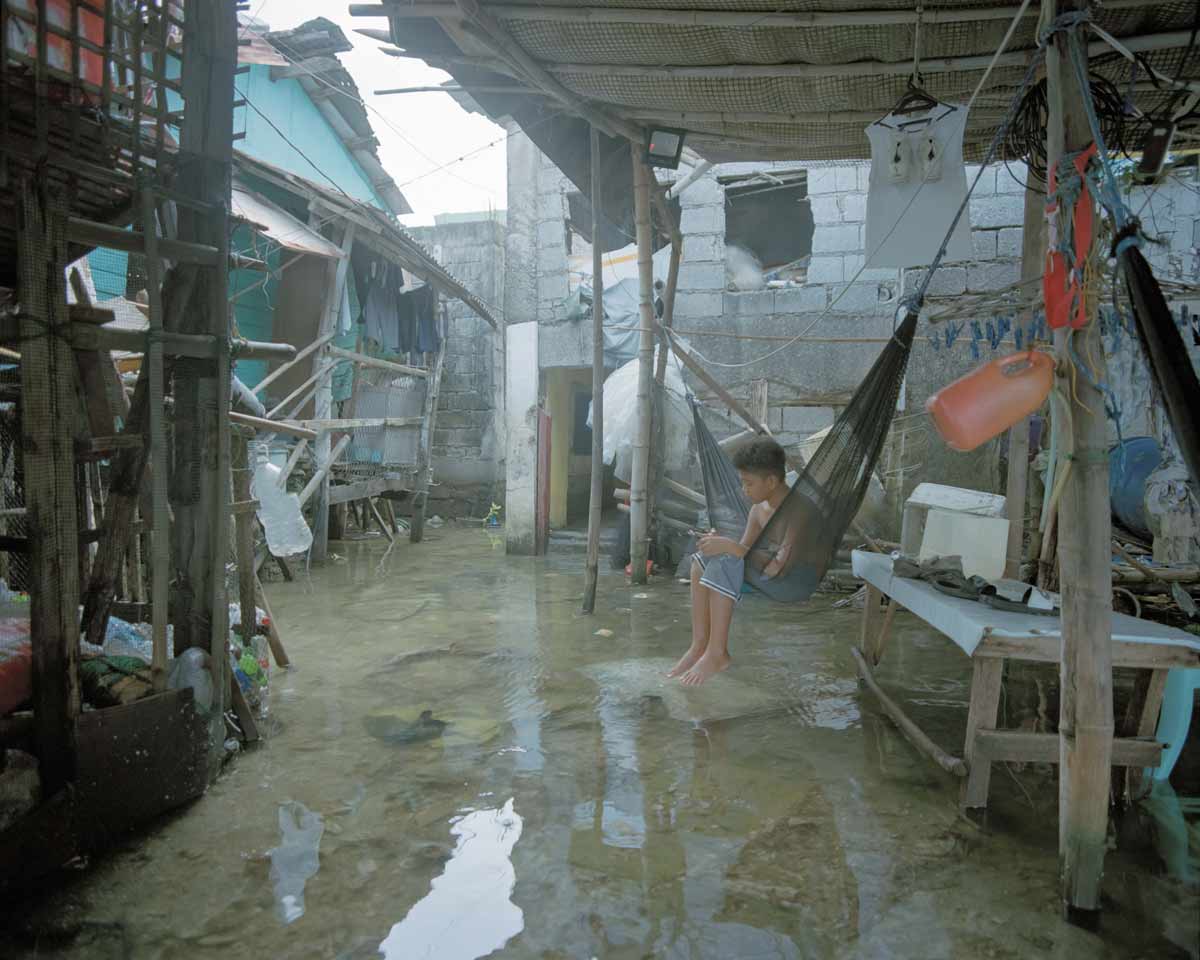
A boy watches a film on a hammock at Nubiangan in Manila, the Philippines. Nubiangan is one of the areas most affected by rising sea levels in the Philippines and is predicted to sink into the sea in the near future.
The Chronicle of Us is an ongoing project that captures the people living with various problems and changes associated with the impact of climate change. Issues relating to migration and climate change are becoming more important than ever due to people being forced to flee their hometowns. The photographer notes ‘we need to gain a deeper understanding of what is happening to these people: how the climate crisis is changing their lives, and how they are struggling and adapting to various changes before and after migration in both urban and rural areas.’ These photos show people living in Southeast Asia with the impact of climate change.
© Shunta Kimura, Japan, Shortlist, Professional competition, Environment, 2025 Sony World Photography Awards
Miku Yokoyama, Midnight Factory Light Parade
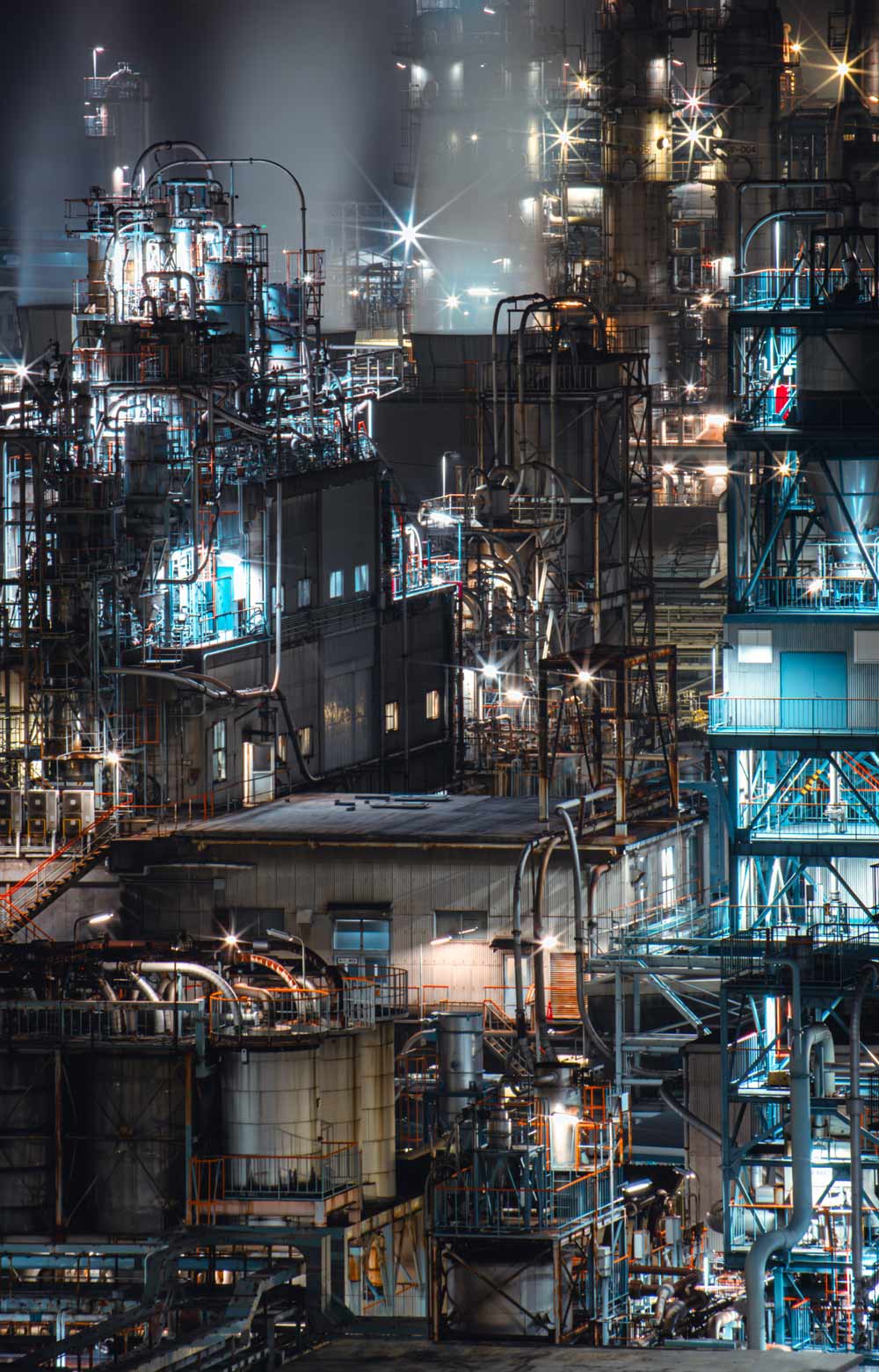
To Miku Yokoyama, the ‘sparkling beauty’ of Japan’s industrial landscapes look like parades of light, when observed through a telephoto lens. The photographs in this series were taken over approximately three years, from June 2020 to March 2023, at factories in various prefectures including Osaka, Wakayama, Mie, Okayama, Hiroshima and Kanagawa. In 2020, the plant in Takaishi City, the starting point of the project, ceased operations, and as of 2024, has been dismantled and no longer exists. The three photographs of factory nightscapes of this plant in the series are, the photographer says, ‘Precious images that can never be captured again.’ The photographs in the series were taken using a tripod and long exposure and digitally edited for colour adjustments.
© Miku Yokoyama, Japan, Shortlist, Professional competition, Architecture & Design, 2025 Sony World Photography Awards
Thomas Nicolon, Big Seizure
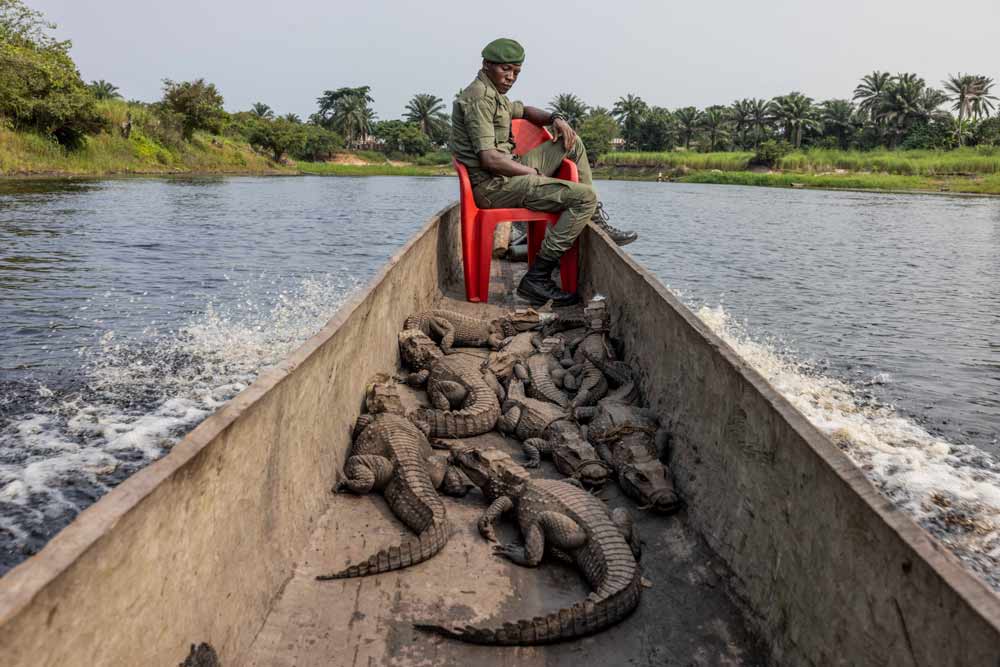
A park ranger watches over several dwarf crocodiles that have been confiscated from poachers at Lake Télé Community Reserve.
The Congo dwarf crocodile is a protected species, but traditional hunting is still allowed for local consumption at Lake Télé Community Reserve in the Republic of Congo. As hunters catch them in huge numbers, park rangers try to monitor the population and release as many as they can back into the wild. These images were taken while on assignment for the Wildlife Conservation Society (WCS).
© Thomas Nicolon, France, Shortlist, Professional competition, Wildlife & Nature, 2025 Sony World Photography Awards
Robin Tutenges, Dnipro
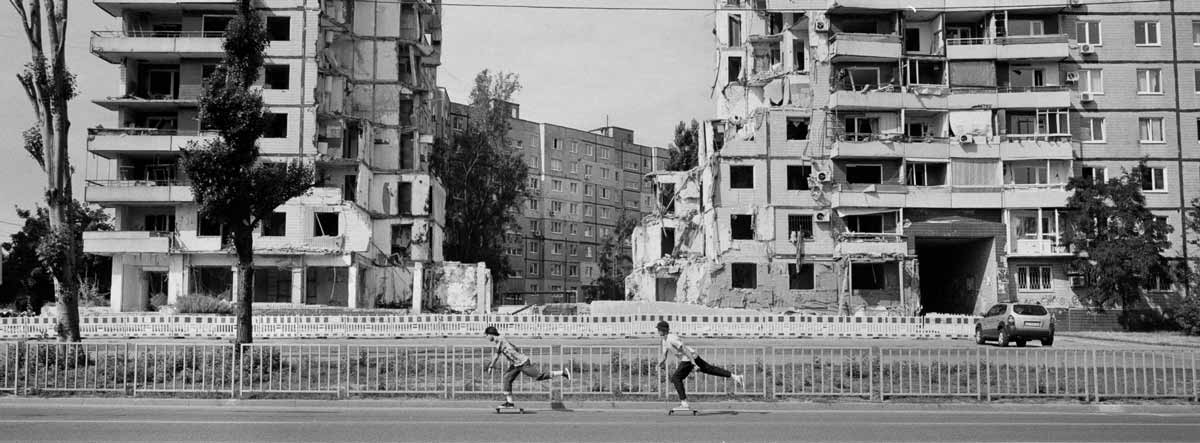
Éric (23) and Élia (22) ride their skateboards in front of a building in the town of Dnipro, which was bombed by the Russians in January 2023, killing 44 people. ‘It’s hard to keep skating when you’re passing that kind of place,’ Éric sighs. ‘But it’s necessary. Life shouldn’t stop. On the contrary, we have to make the most of every moment to live all the more intensely. It’s also a way of honouring those who have fallen so that we can live.’
Since the beginning of the Russia–Ukraine war, skateboarding in Ukraine has taken on a unique dimension: an escape. From a sport once practiced surrounded by friends, skateboarding has become a window to freedom amidst chaos and anxiety. However, it is difficult not to be brought back to reality, as the war asserts itself at every turn. ‘Near vast brutalist squares lie buildings torn apart by Russian shells, and even the composition of the roads they skate on reminds them of the situation: the rough pavement that hinders them is firmly oriented towards the East and its Soviet past. Today, Ukrainian skaters who have not gone to fight are waging an entirely different battle — to reclaim the streets and the spaces marked by war and to allow themselves to live again.’
© Robin Tutenges, France, Shortlist, Professional competition, Sport, 2025 Sony World Photography Awards
Yu Ting Lei, Immovable Buildings
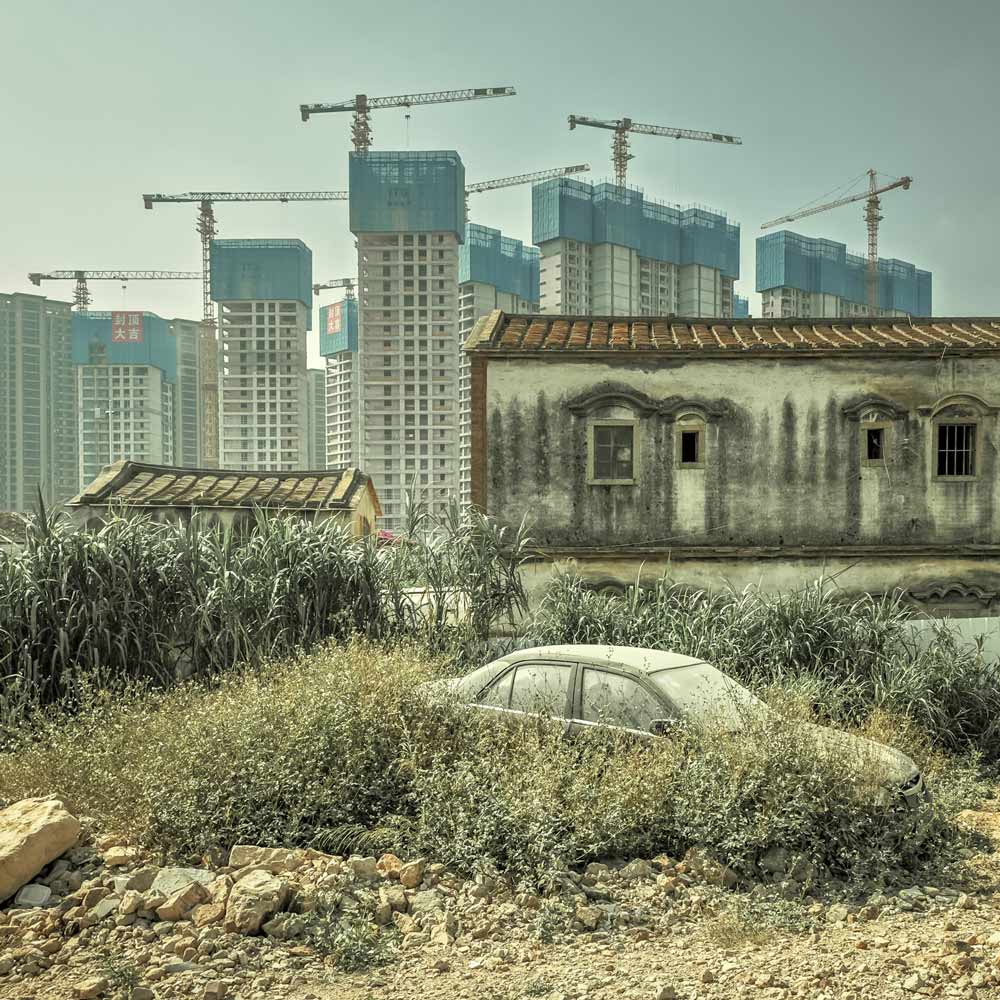
During China’s rapid urbanisation, the buildings left behind after the demolition of rural areas held the memories of countless people. Now, only one or two remain, standing in solitude and no longer carrying much nostalgia.
